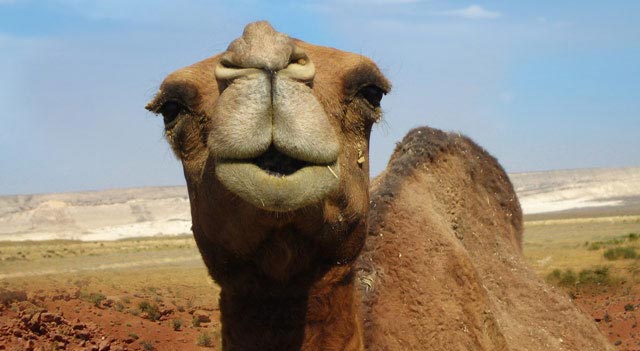Most photographers develop a preference with regard to
genre, style and subject matter which defines their professional existence.
However, many choose to experiment in other realms for personal enjoyment, as
well. Such explorations can be very educational, as a photographer can
assimilate a host of new techniques and approaches into their repertoire. This
can engender innovation and inspiration, as well as honing existing skills.
Nature is all around us, even in an urban environment, and
is often a good place to start. You
might take a trip to an interesting location, visit the local botanical gardens
or zoo, go to a park in your area or spend some time in your own garden.
Flowers, rocks, water, storms, sunsets, clouds and insects can contribute to
some exquisite natural imagery.
Summer Storm over Antelope Island, Lake Powell, Utah, Deva Mayorga-Malone, 2013, panoramic composite
Photographing nature is an exceptional way to learn to
mix artificial light with natural light, capture subjects in motion, expose for
a broad dynamic range and develop the patience and eye for detail that are
fundamental aspects of the art.
Here are a few suggestions for producing great
photographs of the natural world:
§ Perspective:
Humans most often view the world from a standing position and, subsequently,
look down at things such as flowers and small animals. Consider shooting
subjects like these from their level or from below for a unique look.
§ Composition: When
you are attracted to a scene, you probably stop to photograph it. Don't move on
too quickly, however, as your first impression may not be the only or even the
most interesting composition. Walk around your subject and study it from
various angles. When framing the shot, consider angles (diagonals can add depth
to an image), direction of light/shadows, background/foreground, distracting
elements, et cetera.
§ Lens choice:
Selecting the lens best suited to your subject will naturally produce the best
images. Consider how close you should be to your subject and how much of the
back- and foreground you intend to include and decide accordingly.
§ Depth of field: Landscapes
often benefit from a narrow aperture, such as f/16. However, a wide aperture
like f/4 or lower can separate a subject from the background nicely by creating
a background blur.
§ Light: As photographers, we
are generally attracted to exceptional natural light and endeavor to use it to
our advantage. Great subjects do not always reside within that fabulous light,
however, or may benefit from the addition of supplementary artificial light.
Electronic flash or a reflector can often accentuate a subject or provide fill
light where required. Get your flash off the camera by attaching a synch cord
or using a flash trigger. The unit can then be held (or mounted atop a light
stand) away from the lens axis to light the scene in an attractive manner.
§ Details: Don't
forget the details! Often, texture or pattern, a reflection or some minute
component of the subject may be of interest in itself. It is worth exploring
these additional aspects of the subject matter for the artistic potential they
hold.
Exquisite Sandstone Formation, Lake Powell, Utah, Deva Mayorga-Malone, 2013, digital photograph
~Saturday Ambassador















